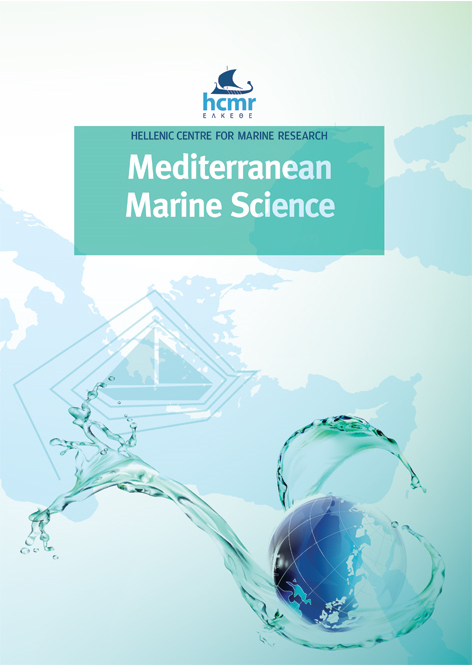The gametogenic cycle of the non-native false limpet Siphonaria pectinata (Linnaeus, 1758) in the easternmost limit of its distribution range: implications for its future in the Eastern Mediterranean Basin

Abstract
The gametogenic cycle of the false-limpet Siphonaria pectinata from the Bizerte channel (Northern Tunisia) was studied through histological characterization of the hermaphroditic gonad during a 1-year study period (May 2015 - May 2016). Spawning
intensity in the field as well as the gonadic index were calculated monthly. Both female and male gametes were observed simultaneously within acini of adult individuals and continuously throughout the year. Oogenesis started in the mid-autumn (October), with gonads characterized mainly by proliferation of female cells. After that, oocytes progressively increased in number and volume until summer, when the evacuation stage frequency was the highest. From summer to autumn, some acini were empty from
their oocyctes while some others had already begun the proliferation stage, suggesting the lack of a resting phase. Spermatogenesis
was also a continuous process throughout the year, with spermatozoa being mainly observed in late spring (March). These findings suggested that environmental conditions are suitable for the establishment of S. pectinata, first mentioned in 1998 on the Tunisian coast and even suggest that it could continue spreading eastward in the Mediterranean Basin.
Article Details
- How to Cite
-
SLAMA, T., KEFI-JAAFAR, F., MAATOUG-BÉJAOUI, J., LAHBIB, Y., HERMET, S., RIVERA-INGRAHAM, G., LIGNOT, J. H., & MENIF, N. T. (2020). The gametogenic cycle of the non-native false limpet Siphonaria pectinata (Linnaeus, 1758) in the easternmost limit of its distribution range: implications for its future in the Eastern Mediterranean Basin. Mediterranean Marine Science, 21(3), 599–607. https://doi.org/10.12681/mms.23093
- Issue
- Vol. 21 No. 3 (2020)
- Section
- Research Article
Authors who publish with this journal agree to the following terms:
- Authors retain copyright and grant the journal right of first publication with the work simultaneously licensed under a Creative Commons Attribution Non-Commercial License that allows others to share the work with an acknowledgement of the work's authorship and initial publication in this journal.
- Authors are able to enter into separate, additional contractual arrangements for the non-exclusive distribution of the journal's published version of the work (e.g. post it to an institutional repository or publish it in a book), with an acknowledgement of its initial publication in this journal.
- Authors are permitted and encouraged to post their work online (preferably in institutional repositories or on their website) prior to and during the submission process, as it can lead to productive exchanges, as well as earlier and greater citation of published work (See The Effect of Open Access).




